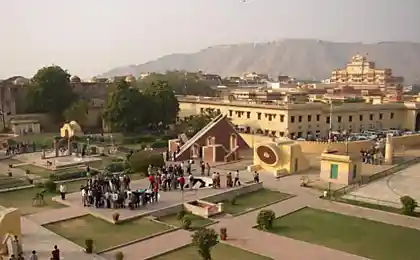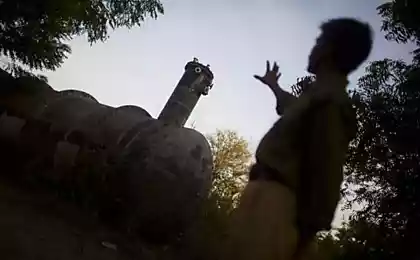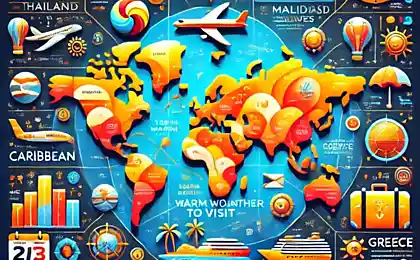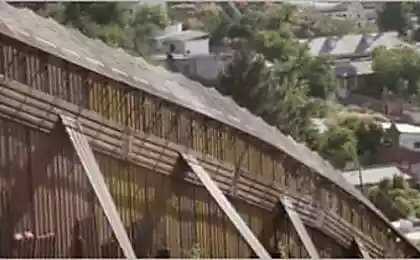1211
Ancient Observatory Jantar Mantar
Jantar Mantar Observatory - one of the wonders of the world. The observatory consists of fourteen (?) Geometric devices for measuring time, predicting the movements of the planets and stars. Each tool is designed for a single measurement. Sundial Jantar Mantar are the largest in the world.

August 25, 2013 at 18:26 with the world on a note in the west central India on the orders of Maharaja Jai Singh II in the years 1727-1734 was built five observatories. The largest and most interesting of them - Jantar Mantar - a complex consisting of unique buildings, each of which has an unusual shape.
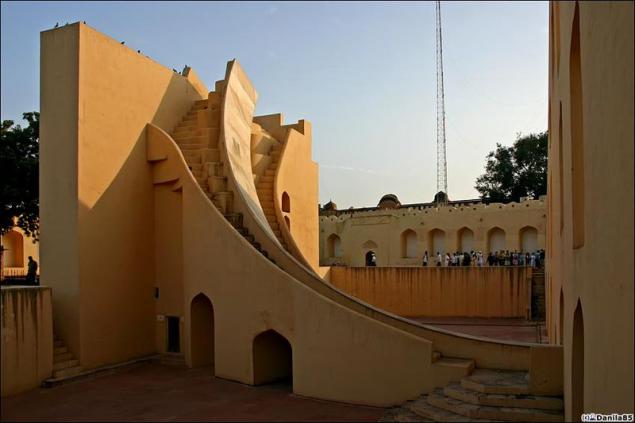

Each building has its own observatory role in astronomical problems, some are for research, others - for measurements. Jantar Mantar is known to many scholars, artists and sculptors, each has an interest in these buildings, which are distinguished by their unusual architecture and geometry. Unfortunately, the Observatory knows only a limited number of people, so tourists are rarely seen.
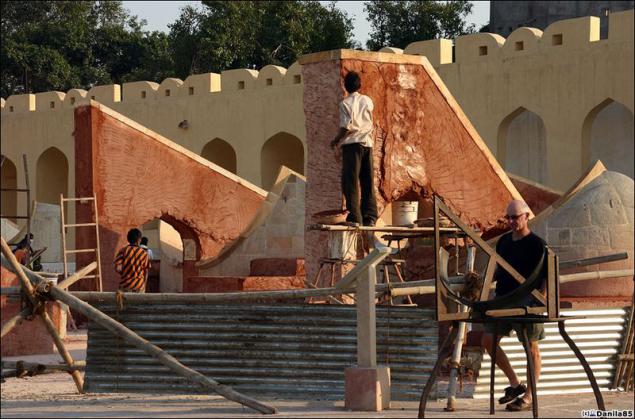
Maharaja decided to build the observatory is not a whim, but because he is very interested in mathematical and astronomical research. He himself was a follower of the Islamic astronomical teaching and aware of the work already done masters in this field. The projects included some Persian and Greek elements that helped to create one of the most complex buildings for astronomical research. Observatory became truly unique in every sense of the construction.

Many buildings and structures that have survived, but the Jantar Mantar survives today in excellent, if I may say so, the state.

The Jantar Mantar are 14 buildings of unusual geometric shapes, each of which performs its task of predicting eclipses, determining the inclination of the planets, stars and the location of the orbits, measuring astronomical heights and, of course, the definition of time. the most cumbersome of these tools - Samrat Yantra. It is a solar disk, a height of 27 meters. The shadow of these huge sundial moves per second to 1 mm, and specifies the time within 2 seconds.

But the most complicated structure can be called Jai Prakash, which consists of a curved marked hemispheres. This tool is designed to determine the position of the stars. Another element - Ram Yantra - performs the function of measuring the height and azimuth of celestial bodies, such as the sun.

Its functionality observatory preserved to this day. Local astronomers are predicting the weather for farmers. But most of Jantar Mantar is used as a tourist site.
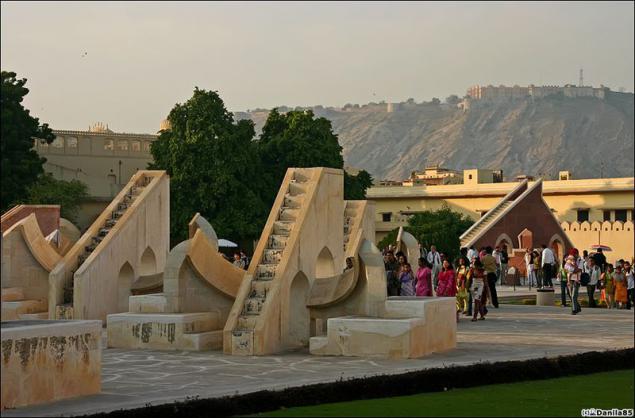
Time moves on the eyes.


In fact, to understand what it represents an observatory, it is necessary to look at it from above. Co. do not allow this, as well as to climb the boundary wall.


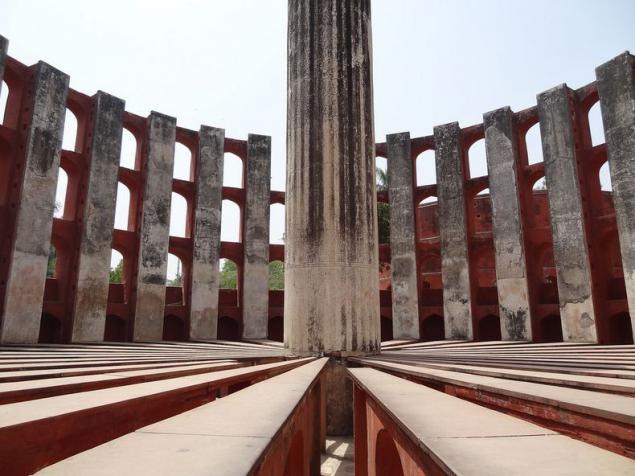



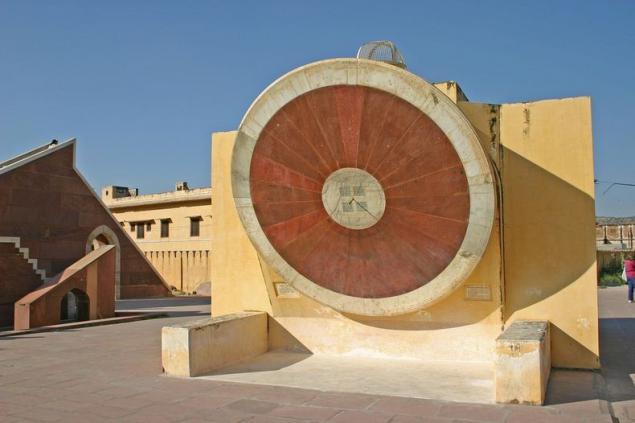






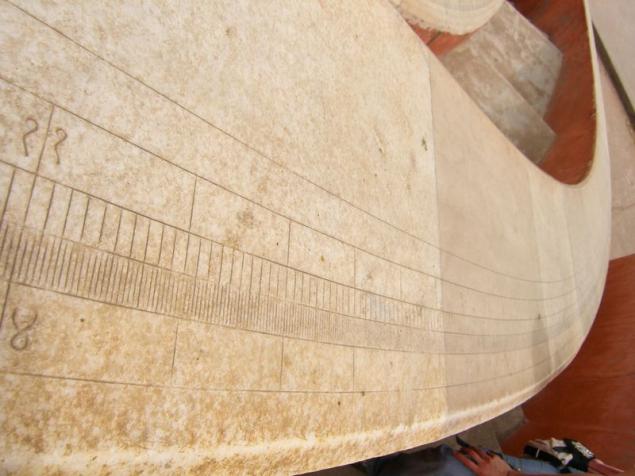





In fact, no one knows the age of these buildings. Hindus accurately update them, if not rebuilt again.
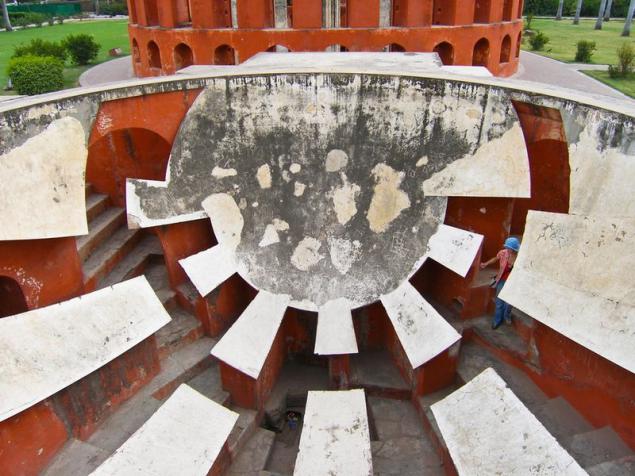



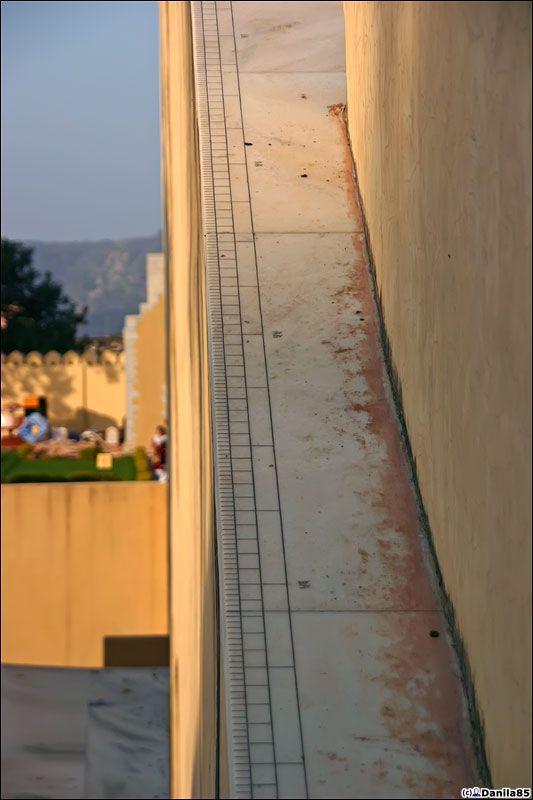

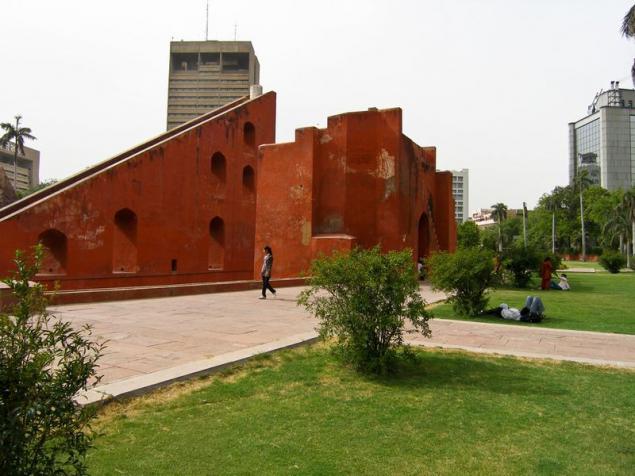
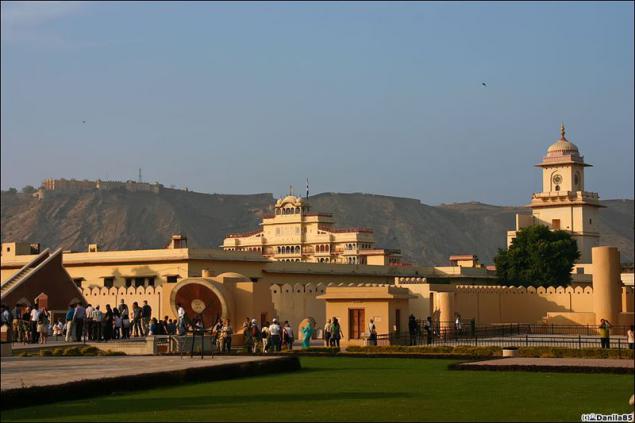


Hemisphere for geometrical solution of astronomical problems.


Source: iburas.livejournal.com, danila85.livejournal.com, janeli1.livejournal.com

August 25, 2013 at 18:26 with the world on a note in the west central India on the orders of Maharaja Jai Singh II in the years 1727-1734 was built five observatories. The largest and most interesting of them - Jantar Mantar - a complex consisting of unique buildings, each of which has an unusual shape.


Each building has its own observatory role in astronomical problems, some are for research, others - for measurements. Jantar Mantar is known to many scholars, artists and sculptors, each has an interest in these buildings, which are distinguished by their unusual architecture and geometry. Unfortunately, the Observatory knows only a limited number of people, so tourists are rarely seen.

Maharaja decided to build the observatory is not a whim, but because he is very interested in mathematical and astronomical research. He himself was a follower of the Islamic astronomical teaching and aware of the work already done masters in this field. The projects included some Persian and Greek elements that helped to create one of the most complex buildings for astronomical research. Observatory became truly unique in every sense of the construction.

Many buildings and structures that have survived, but the Jantar Mantar survives today in excellent, if I may say so, the state.

The Jantar Mantar are 14 buildings of unusual geometric shapes, each of which performs its task of predicting eclipses, determining the inclination of the planets, stars and the location of the orbits, measuring astronomical heights and, of course, the definition of time. the most cumbersome of these tools - Samrat Yantra. It is a solar disk, a height of 27 meters. The shadow of these huge sundial moves per second to 1 mm, and specifies the time within 2 seconds.

But the most complicated structure can be called Jai Prakash, which consists of a curved marked hemispheres. This tool is designed to determine the position of the stars. Another element - Ram Yantra - performs the function of measuring the height and azimuth of celestial bodies, such as the sun.

Its functionality observatory preserved to this day. Local astronomers are predicting the weather for farmers. But most of Jantar Mantar is used as a tourist site.

Time moves on the eyes.


In fact, to understand what it represents an observatory, it is necessary to look at it from above. Co. do not allow this, as well as to climb the boundary wall.



















In fact, no one knows the age of these buildings. Hindus accurately update them, if not rebuilt again.










Hemisphere for geometrical solution of astronomical problems.


Source: iburas.livejournal.com, danila85.livejournal.com, janeli1.livejournal.com



